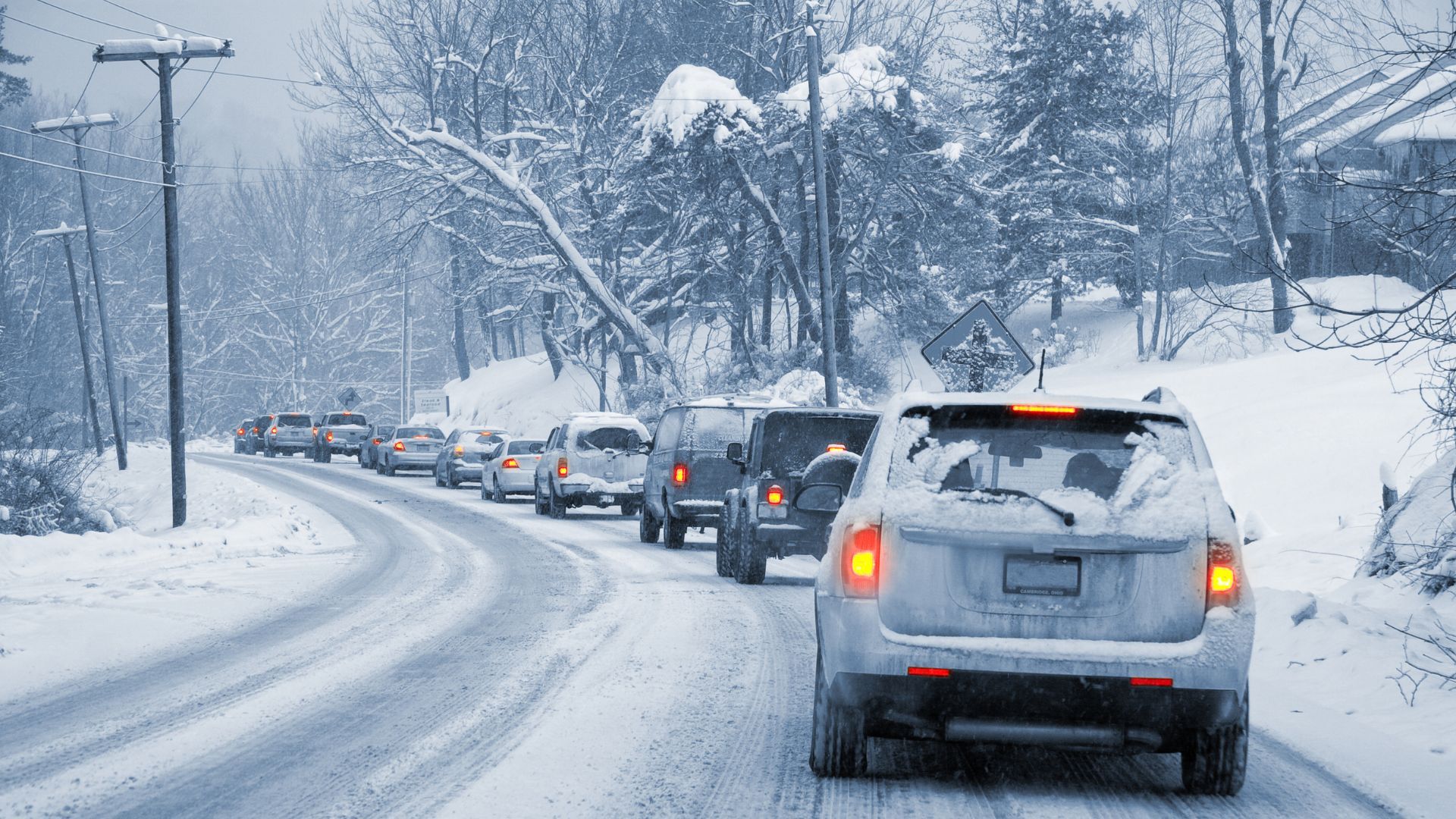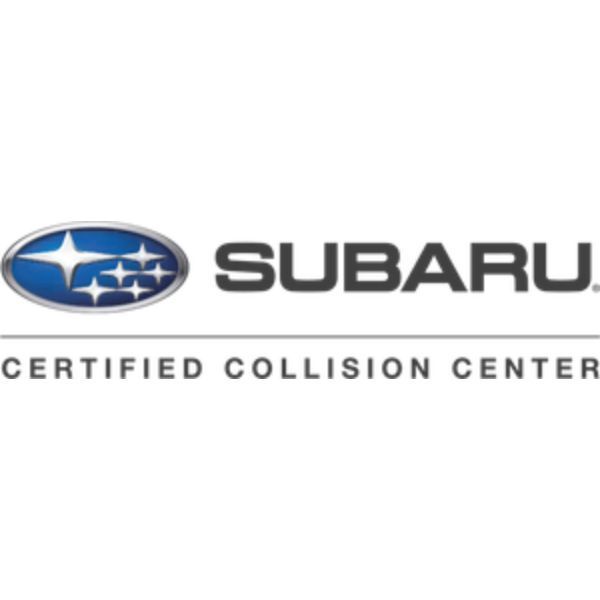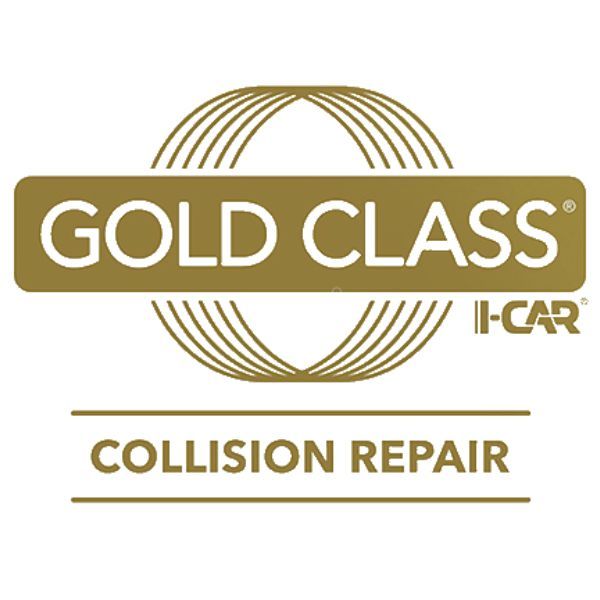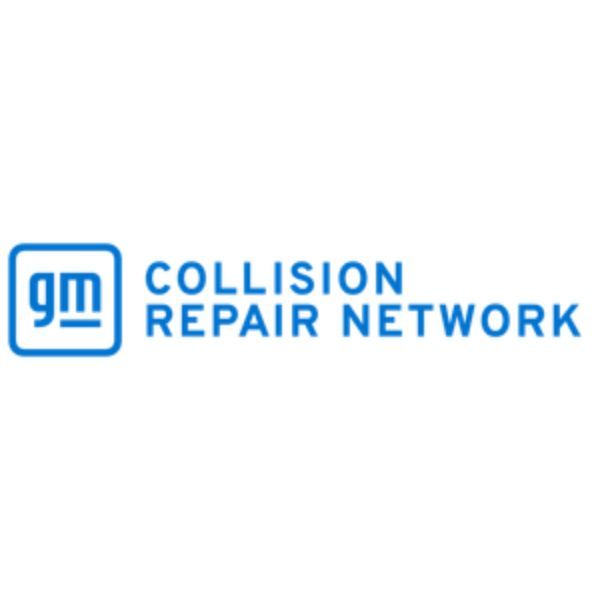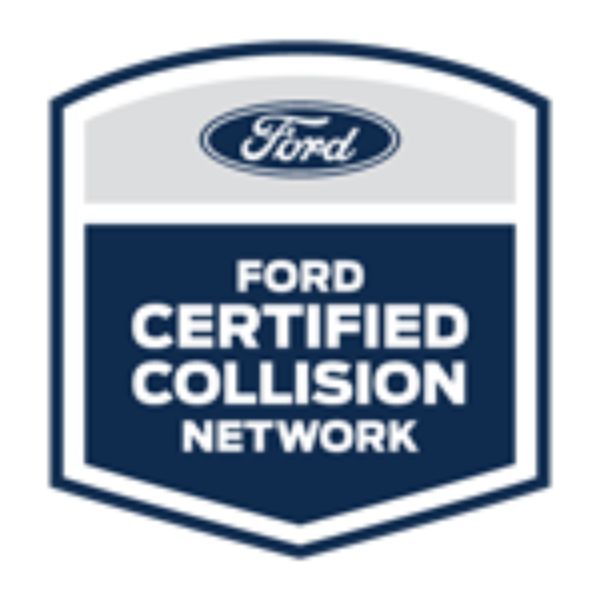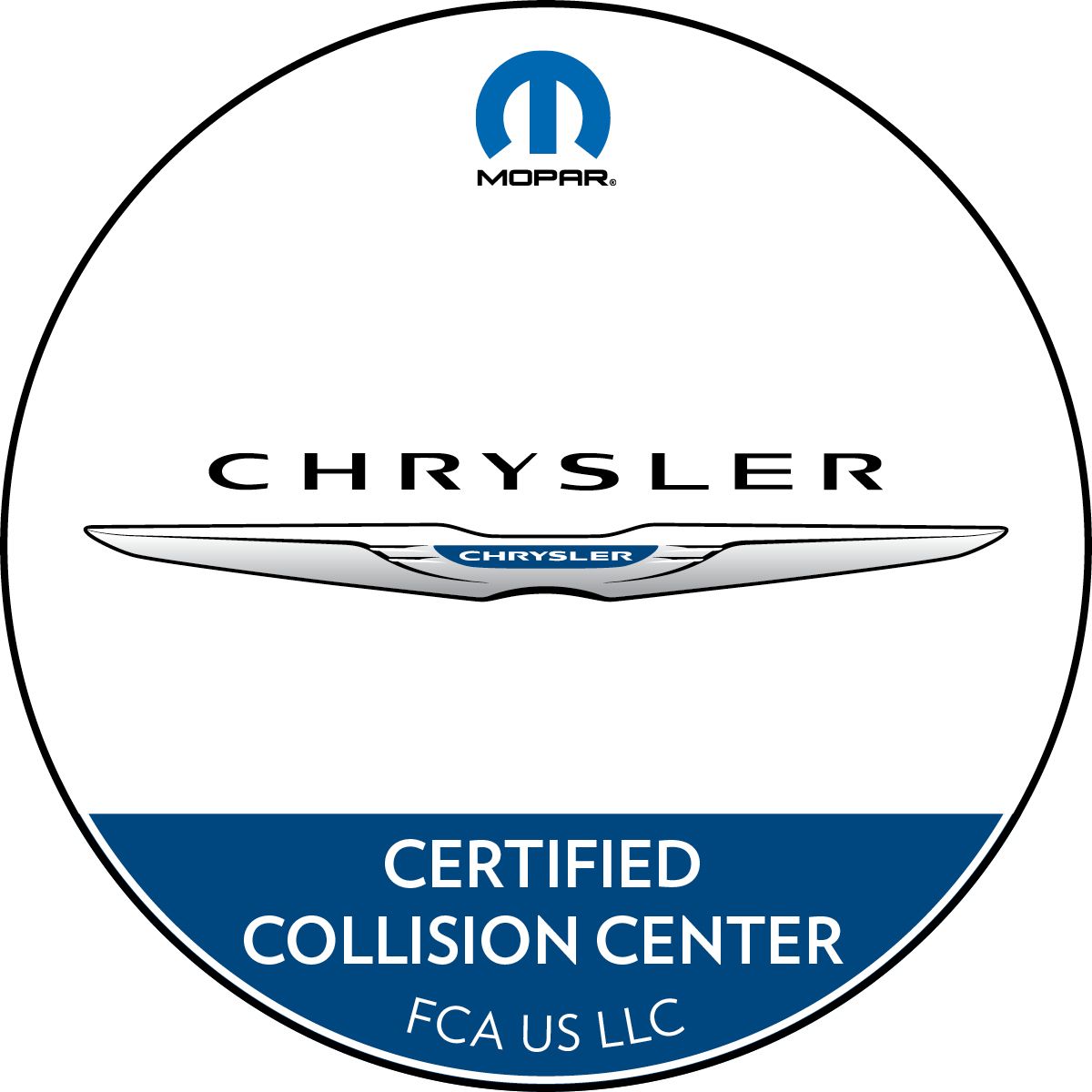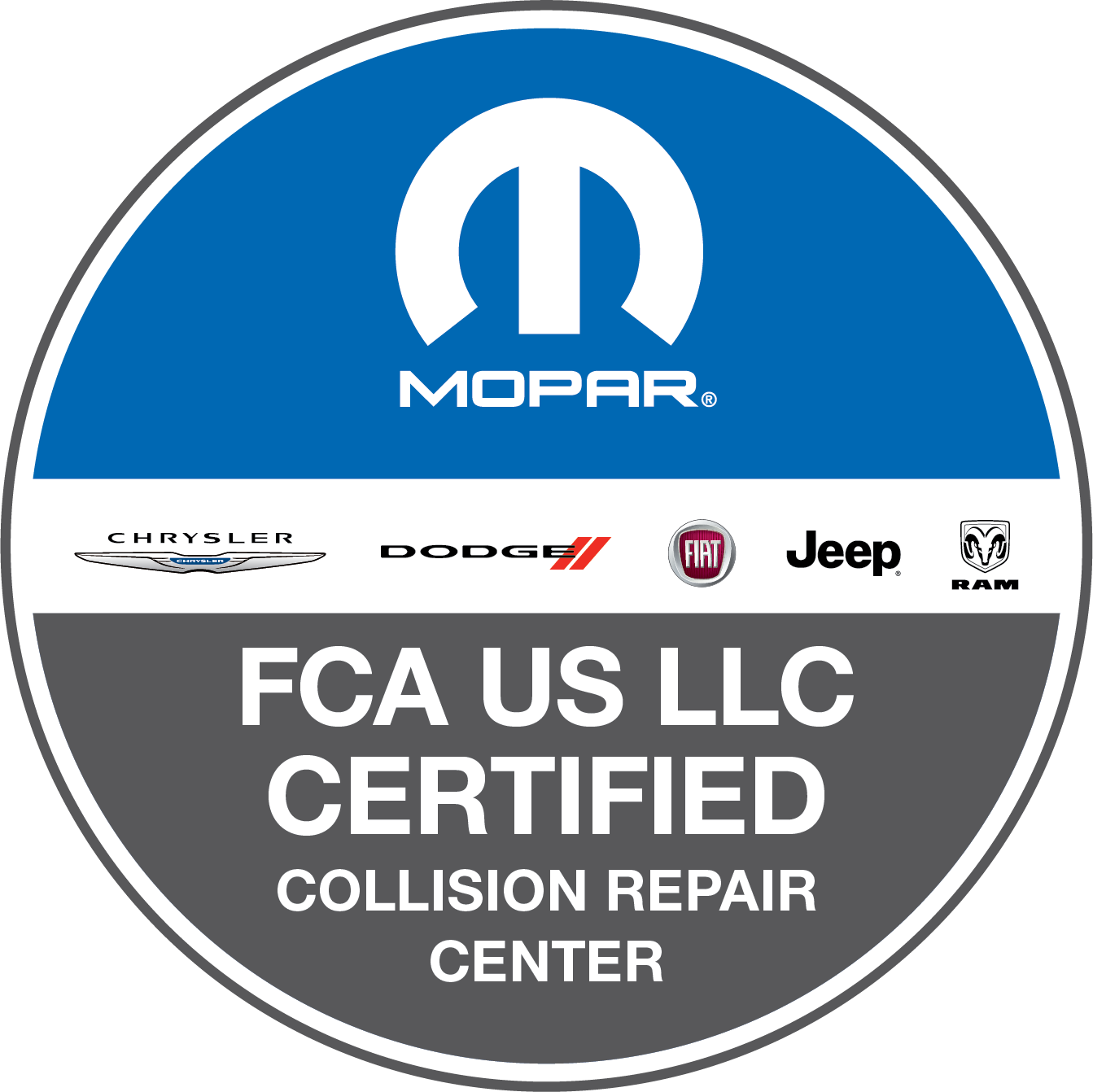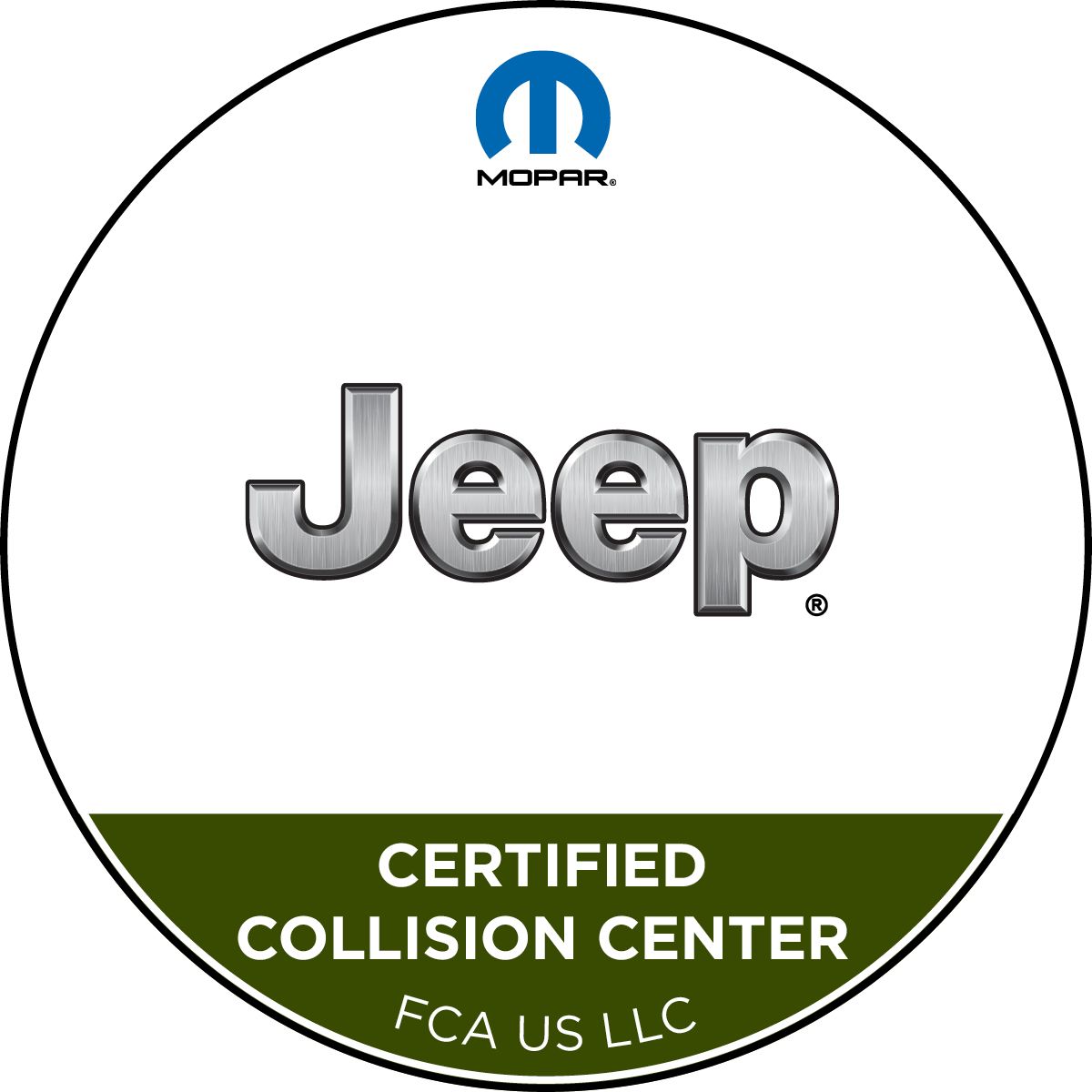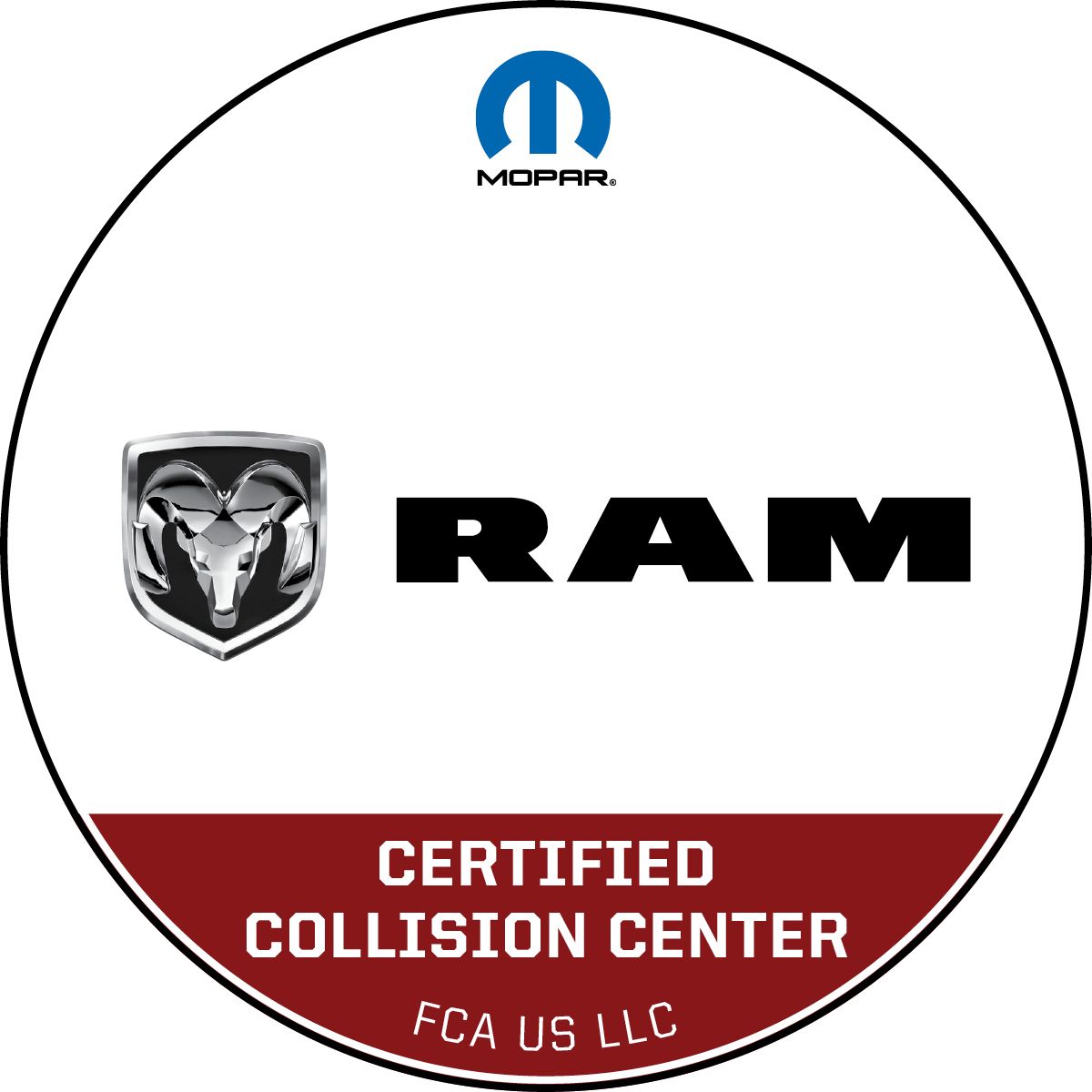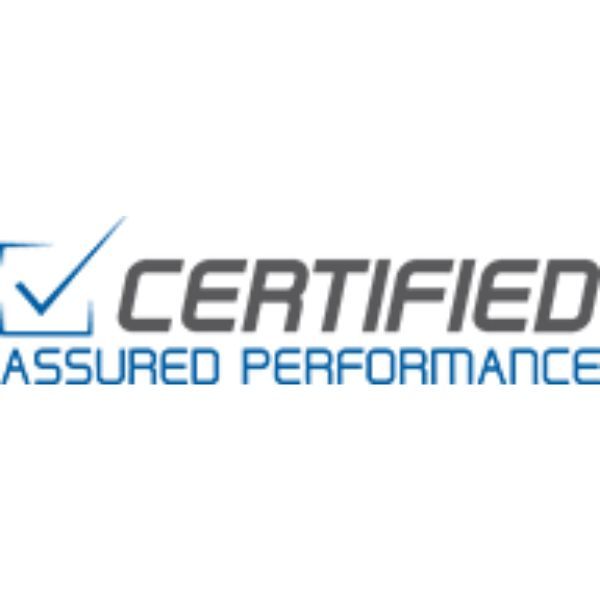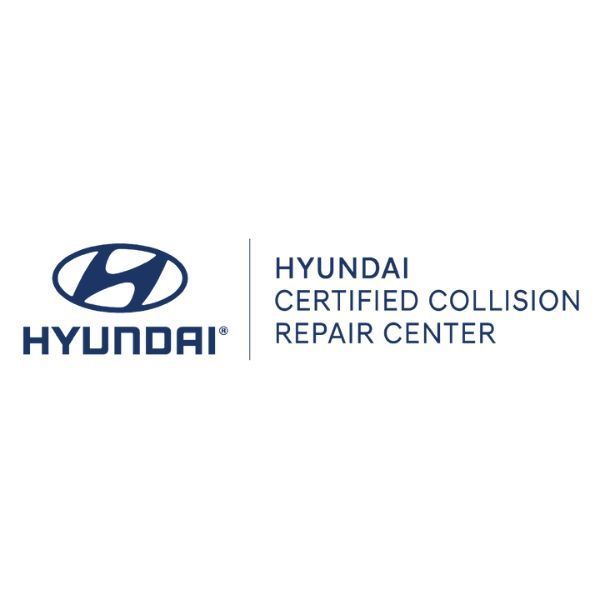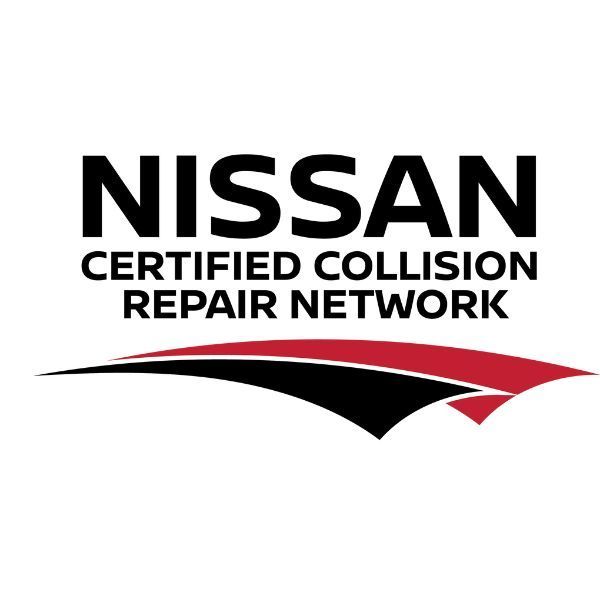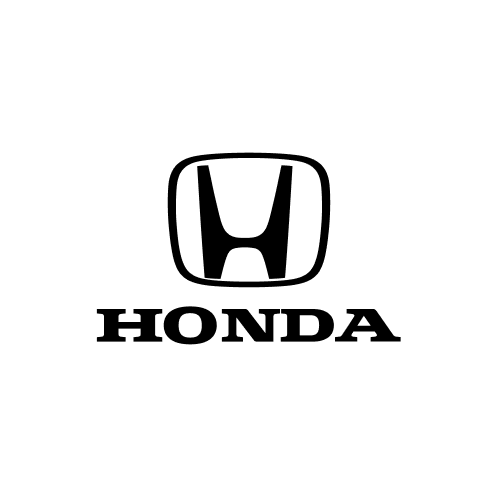A Step-By-Step Guide to Filing an Insurance Claim for Collision Repairs
Crashing your car is a stressful event in anyone’s life. Having to navigate the insurance claims process on top of that doesn’t make the situation any better. This blog is a step-by-step guide to filing an insurance claim for collision repairs.
Step 1: Assess the Damage
The first step in filing your insurance claim starts with checking out the damage that was done to your car, which is something you’ve most likely already done. You should take pictures of the damage from different angles and document any other important details of the crash. Some things you can make note of when documenting the event are where the crash occurred, how bad the damage is, what the weather was like, road surface conditions, sun direction, any potential witnesses, as well as any other details you can think of that may have caused this crash. The last piece of assessing the damage is to get a written estimate from an auto body repair shop to give to your insurance company. Pick any auto body shop that is convenient to you and your location.
Step 2: Get in Contact with Your Insurance Company
After assessing the damage, if you feel it is necessary, you should contact your insurance company to report the crash and start the claims process. Be prepared to give them specific details about the accident when you report it. They will most likely ask you about the date, time, location, and if anyone else was involved in the crash. Depending on your insurance company, a claims adjuster may assess the damage and determine your collision coverage. You should also set up a rental vehicle at this time, which your insurance company or claims adjuster can help you with!
Step 3: Call and Schedule an Appointment for an Estimate
After you file your insurance claim, you can get an inspection scheduled with the claims adjuster that was given to you by your insurance company. The adjuster will examine the damage to your vehicle and estimate the cost of repairs covered under your insurance policy. When you meet with your claim adjuster, be sure to provide any documentation or estimates you’ve received from the collision center you’ve chosen.
Step 4: Review Your Coverage
Before bringing your car in for repairs, it would be a smart idea to review your insurance policy. This will help you understand your coverage and any deductibles or limits you may have. Your insurance company will provide you with an estimate of the repair costs covered under your policy, and you may be in charge of paying any deductibles or expenses that exceed your coverage limits.
Our team at Morrow Collision Center fully understands that the insurance claim process can be difficult to manage. That’s why we work with all auto insurance companies, so you have one less factor to worry about.
Step 5: Choose a Repair Shop
Once your insurance claim is approved, you can pick a repair shop to complete the repairs on your vehicle. Selecting a reputable auto body shop like Morrow Collision Center ensures high-quality repairs and excellent customer service throughout the process. Our I-CAR Gold certified technicians can handle any type of loss, big or small. The I-CAR gold seal means our technicians are always up to date with new technology and procedures. We want you to feel confident knowing your vehicle is being taken care of safely and efficiently.
Step 6: Double Check Repairs
Once you choose your auto body shop, you should double-check with them to ensure that they’re aware of the exact repairs that need to be done. Morrow Collision Center works closely with your insurance company to coordinate repairs. Morrow Collision Center may be a direct repair partner with your auto insurance, making the insurance claim process much easier for you. Reach out to Morrow to learn more about the companies we are a DRP with.
Step 7: Final Inspection and Payment
When the repairs are all finished, you should do a final inspection of your vehicle to make sure that all repairs were performed to standard. Your insurance may also send a claims adjuster to inspect the repairs and verify that they meet their expectations. Once approved, your insurance company will send payment directly to the repair shop. You may be responsible for any additional charges.
Filing an Insurance Claim for Collision Repairs Doesn’t Have to be Stressful
By following this step-by-step guide and working with a trustworthy auto body repair shop, you can navigate the insurance claims process with confidence and ease. From start to finish, we're here to support you every step of the way. Morrow Collision Center makes dealing with insurance an easy and seamless process. Always remember, no matter the collision center, you have the right to choose your auto shop, without feeling pressured to use your insurance company’s referral.
Contact us today to schedule an estimate and experience the difference of working with a team that loves what they do.
Share
More Blog Posts
